694 years ago today, Ibn Khaldun, the Tunisian Arab scholar who is recognized as one of the greatest scientists of the Middle Ages, was born in Tunis. He wrote a massive contemporary history entitled Book of Lessons, Record of Beginnings and Events in the History of the Arabs and the Berbers and Their Powerful Contemporaries. It was an extraordinarily long history of North Africa, the Near East, and Arabia, during which he proposed several foundational sociological concepts still used today. READ about his contributions to economics, sociology, and historicity… (1332)
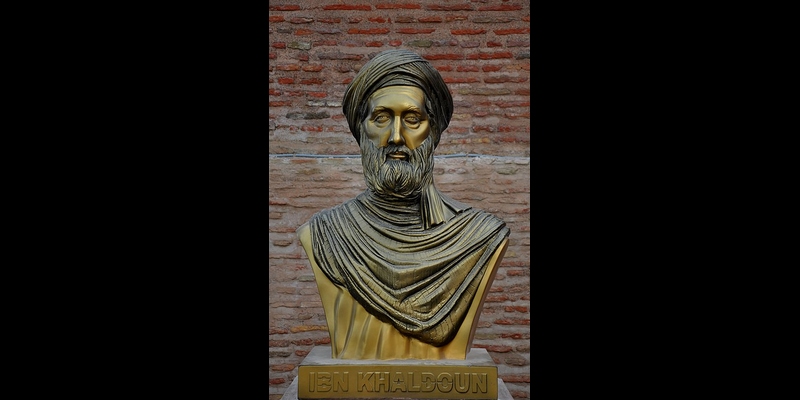
“Businesses owned by responsible and organized merchants shall eventually surpass those owned by wealthy rulers.” Was that Adam Smith? No, in fact, it was Khaldun. It has been said that he was the first writer to establish the modern labor theory of value, which is of course an incomplete view of economics, but a critical part that wouldn’t be touched on again by famous authors until the days of Smith and Daniel Riccardo.
He diverged from norms that Muslim historians followed and rejected their focus on the credibility of the transmitter, i.e. the storyteller, and focused instead on the validity of the stories and encouraged critical thinking.
Regarding sociology, he notes that empires and civilizations follow a cycle—something taught today in history classes. The cycle follows this pattern, more or less as Khaldun explains it: hard times make strong men, strong men make good times, good times make soft men, and soft men make hard times—afterwards they are typically conquered by barbarians. Thus every empire is won by barbarians, and lost by their descendants.
In 1981 U.S. President Ronald Reagan cited Ibn Khaldun as an influence on his supply-side economic policies, also known as Reaganomics. He paraphrased Ibn Khaldun, who said that “in the beginning of the dynasty, great tax revenues were gained from small assessments,” and that “at the end of the dynasty, small tax revenues were gained from large assessments.” Reagan said his goal is “trying to get down to the small assessments and the great revenues.”
MORE Good News on this Day in History:
- Rachel Carson, ecologist and author of the best-selling 1962 book about the dangers of pesticides, Silent Spring, which became one of the most influential books in the modern environmental movement, was born in Pennsylvania. (1907)
- The Golden Gate Bridge opened to pedestrian traffic, creating a vital link between San Francisco and Marin County, California (1937)
- Buddy Holly and the Crickets released their first record, ‘That’ll Be The Day’ (1957)
- Australians voted in favor of a constitutional referendum granting the Australian government the power to make laws to benefit Indigenous Australians and to count them in the national census (1967)
73 years ago, Linnanmäki, a very unique kind of amusement park opened in Helsinki, Finland. Along with containing roller coasters, theme parks, carnival food, and all that good stuff, Linnanmäki is owned and operated by the non-profit Children’s Day Foundation, which raises and donates money to Finnish child welfare work. In 2019 it handed over 4.5 million of its hard-earned euros, and to date has donated €120 million.
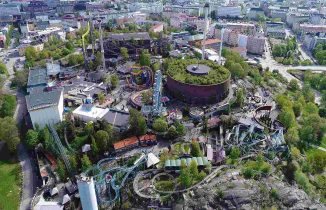
In 1950, six child welfare organizations leased a small amount of land in the middle of a recreation area on “Water Castle Hill,” a park space containing two water towers. After they set up an amusement park, three successive lease renewals saw the area grow, until the six organizations united to become Children’s Day.
In addition to the amusement rides and attractions the park also contains the Peacock, a historical theatre built in 1957 and known for its musical productions. Several traditional Finnish festivals are held in the park every year, like the Carnival of Light (Valokarnevaali). (1950)
Happy 87th birthday to actor Louis Gossett Jr, who became the second Black man ever to win an Oscar for acting after playing a gunnery sergeant in the 1982 film An Officer and a Gentleman, for which he earned the Academy Award for Best Supporting Actor.
Born in Brooklyn, a sports injury shifted his career path from athletics to drama classes in high school, but he was offered another opportunity to play varsity basketball during his college years at NYU, but instead he concentrated on theater.
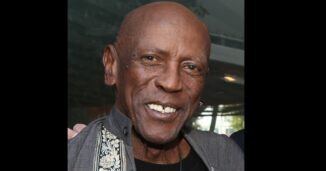
Gossett’s Broadway theatre credits include A Raisin in the Sun (1959)—and he made his cinematic debut in 1961 with the play’s film version. He also won an Emmy for his role as a slave in the 1977 TV miniseries Roots.
His new movie coming soon is called Not To Forget and aims to raise awareness and money for Alzheimer’s research, co-starring 4 other Academy Award winners: Cloris Leachman, Tatum O’Neal, George Chakiris, and the late Olympia Dukakis. WATCH his Oscar-winning performance… (1936)
29 years ago today, the Nobel prize-winning author Alexander Solzhenitsyn flew back to his native Russia after 20 years of exile in the United States.
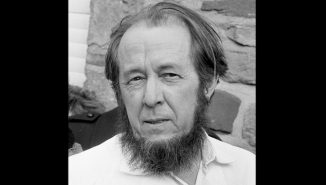
The 75-year-old was given an emotional homecoming greeted by 2,000 people bearing flowers and gifts, reported the BBC. Imprisoned by Stalin for ten years for political dissent, Solzhenitsyn was later stripped of his citizenship and expelled from the Soviet Union in 1974 for attacking the regime in The Gulag Archipelago. In 1990 Mikhail Gorbachev restored his citizenship and treason charges against him were dropped. (1994)
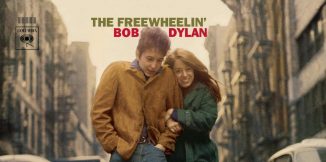
And, 60 years ago today, The Freewheelin’ Bob Dylan album was first released. His second album, it showcased a quantum leap in Dylan’s songwriting talent that propelled him to international fame, with songs like Blowin’ in the Wind; Don’t Think Twice, It’s All Right; and, A Hard Rain’s A-Gonna Fall. The LP established this Minnesota youth as the leader of the singer-songwriter tribe, and a musical muse for the 60s protest movement. The disk even went to No.1 on the UK charts. (1963)
Also, on this day 46 years ago, ‘Declan McManus’ made his live performance debut in London as Elvis Costello.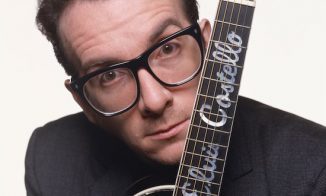
The prodigious singer-songwriter’s first 3 albums–including his critically acclaimed debut, My Aim Is True–all appeared on Rolling Stone’s list of the 500 Greatest Albums of All Time. WATCH a cool video of his Top 10, including “(What’s So Funny ‘Bout) Peace, Love and Understanding… (1977)
93 years ago today, the Chrysler Building opened to the public in New York City. Constructed by Walter Chrysler, founder of the automotive company, the Art Deco skyscraper served as the corporation’s headquarters and lifted up the languishing East Side of Manhattan from 1930 until the 1950s.

With its silver spire, it became the tallest building in the world for 11 months, measuring 1046 feet (319 m)—but it is still the tallest ever made from brick. Outside the corner points of the 61st floor are eight polished steel eagle heads, perched like hood ornaments—and decorating the 31st floor are replicas of the 1929 Chrysler radiator caps.

Though the architect was William Van Alen, Mr. Chrysler overrode the designer’s vision of a round top, and ordered stainless steel-covered sunbeam arches shining on triangular windows on a pointy terraced crown. In 2007, it was ranked ninth on the List of America’s Favorite Architecture by the American Institute of Architects. WATCH a video about the building narrated by Chrysler’s grandson… (1930)
SHARE the Milestones, Memories, and Music…




















[…] post Good News in History, May 27 appeared first on Good News […]
[…] post Good News in History, May 27 appeared first on Good News […]